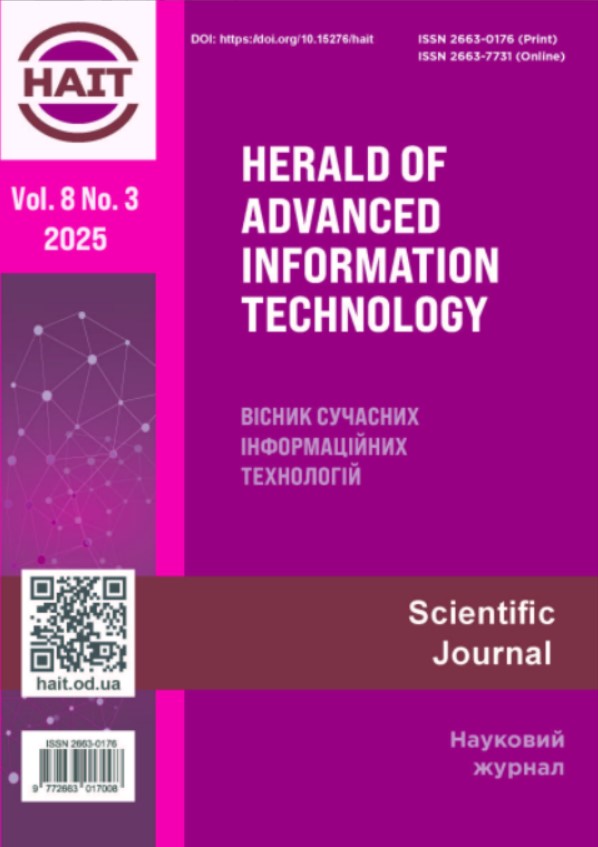Information model of remote sensing of soil
Main Article Content
Abstract
This paper presents a comprehensive information model and open architecture for unmanned aerial vehicle (UAV)-based remote sensing of soil. The development of remote sensing technologies using unmanned aerial vehicles (UAVs) and sensors of various measurement methods makes it possible to contactless detect various anomalies. The reliability of information after its processing is achieved by a combination of measurement methods, the correct choice of contactless measurement tools, and the use of machine learning methods for data processing and training on known anomalies. The modular UAV platform supports adaptive sensor integration and real-time data fusion for precision agriculture, environmental monitoring, and post-conflict applications. The information model defines the structure and flow of data between UAV sensors, onboard processors, and the ground control station, incorporating a digital twin for dynamic environmental modeling. A minimum set of necessary tools has been selected, based on the measurements and processing of which there will be enough information to identify anomalies in the soil with a high degree of reliability. The scope of application of the obtained results is quite extensive: from precision farming, including monitoring crop diseases and chemical non-contact soil analysis, to identifying foreign inclusions and anomalies in areas where military actions took place.



